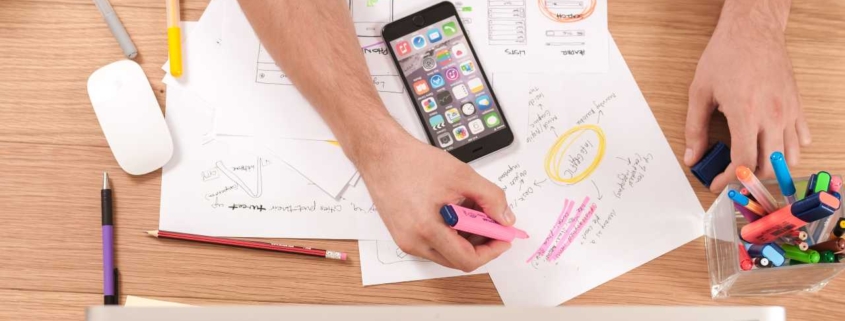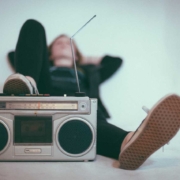Coaching and training.
I regularly get the question why my dog. Rhain, it’s in the picture with me. You may find it strange, but by training animals, dogs and horses, I learned a lot about coaching people.
Besides my current dog Rhaïn, I am also the lucky owner of a number of horses. One hunter the other prey. Essentially different, but when it comes to training, there is a clear similarity. Body language.
Non verbal communication
Humans are essentially different from animals because we continuously communicate verbally. So much so that we hardly pay any attention, at least consciously, to our body language. While we originally used body language just as much. The time when man could really communicate rationally verbally is really only a small part of the total evolutionary development of man. In our subconscious mind all elements and information are still present with which we can ‘read’ body language of the other. However, we have forgotten that and prefer to pay attention to words rather than attitude.
The latter is a serious miscalculation because your decisions start in your subconscious mind and take this body language into account. We all know the concept of ‘love at first sight’. Or you can only make a first impression once. All this has to do with body language.
When you train animals, you do not benefit from your verbal communication. Your voice, in terms of volume and pitch, plays along, but what you say, no animal understands. Then you have to switch back to using body language.
Natural horsemanship
A good example of training horses with body language is Natural Horsemanship. Just try to get a horse moving, at the right pace and direction, using only your body language. Horses do no different. Their position relative to each other, position of head, ears and tail. Animals have quite a complex of ‘body words’, to make something clear to each other.
It is not much different in dogs. Only the language is different. If you look a horse directly in the eye, it will flee. If you stare at a dog, the dog considers that a challenge.
What does this have to do with people? Everything! You also don’t like it when someone stares at you. And how do you experience when someone sits with their back to you? Or watch the way someone uses their hands? Fingers intertwined tightly or relaxed over each other? And you sit next to your employee during an assessment interview. [coaching] More than 80% of our communication is non-verbal, only we talk so much that we don’t realize what we say with our body.
Fortunately, more and more managers are discovering the importance of body language. There are even management training courses that use animals. [Mostly horses]
An alpha dog like Rhaïn is a very good trainer for his owner. Every mistake is punished. This way you learn how important body language is. Not only in animals, but especially in humans. So in his own way, Rhaïn is my personal coach. That is why he is also in the photo.
ps: Rhaïn is a cross between a purebred German Shepherd and Siberian Husky.









